Intro
Discover the ultimate First Trimester Weeks Guide, covering pregnancy symptoms, fetal development, and prenatal care during weeks 1-12, including morning sickness, embryo growth, and essential check-ups.
The first trimester of pregnancy is a critical period, spanning from week 1 to week 12. It is a time of significant growth and development for the fetus, and a period of adjustment for the expectant mother. During these initial weeks, the foundation for the entire pregnancy is laid, making it essential for mothers-to-be to understand what to expect and how to ensure the best possible start for their baby.
As the first trimester progresses, the fertilized egg implants in the uterus, and the embryo begins to develop its major organs and body systems. This period is also marked by a range of physical and emotional changes for the mother, from morning sickness and fatigue to mood swings and food cravings. Understanding these changes and knowing how to manage them can make a significant difference in the overall pregnancy experience.
The importance of the first trimester cannot be overstated. It is a time when the fetus is most vulnerable to developmental issues and when the risk of miscarriage is highest. Therefore, it is crucial for pregnant individuals to receive proper prenatal care, maintain a healthy lifestyle, and be aware of any potential complications that may arise. By doing so, they can minimize risks and ensure the best possible outcomes for both themselves and their baby.
First Trimester Overview
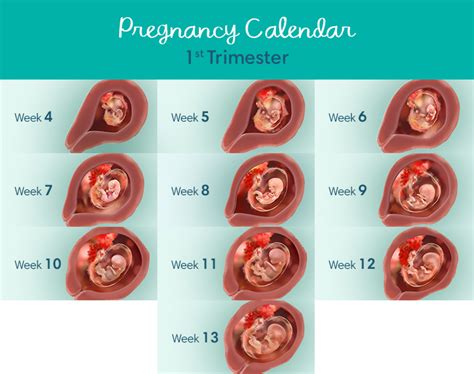
The first trimester is divided into three months, with each month bringing significant developments in the fetus's growth and the mother's physical and emotional changes. During the first month, the fertilized egg implants in the uterus, and the embryo's major organs begin to form. The second month sees the fetus's heartbeat become detectable, and its limbs, fingers, and toes start to develop. By the third month, the fetus's organs are functioning, and it can swallow, kick, and even suck its thumb.
Month-by-Month Breakdown
A month-by-month breakdown of the first trimester provides insight into the rapid development of the fetus and the changes experienced by the mother. This breakdown is essential for understanding what to expect and how to prepare for the pregnancy journey.Weeks 1-4: The Beginning of Pregnancy
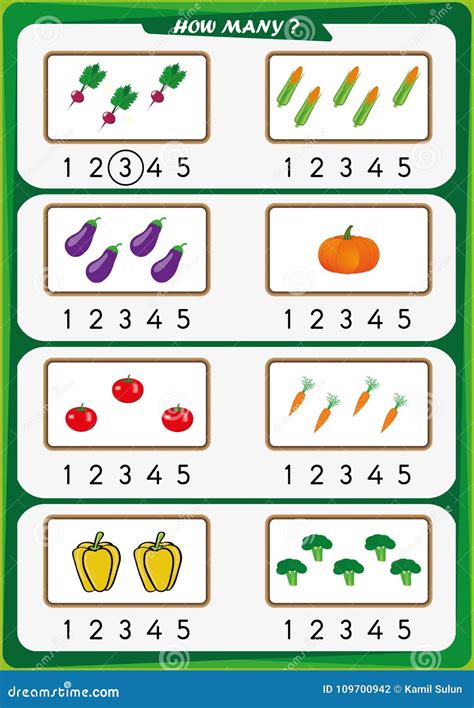
The first four weeks of pregnancy are a time of great change. During this period, the fertilized egg travels down the fallopian tube and implants in the uterus. The embryo's cells begin to divide and grow, forming the basis of all its major organs and body systems. Although the mother may not even realize she is pregnant yet, her body is already undergoing significant changes in preparation for the fetus's growth.
Some key developments during weeks 1-4 include:
- The fertilized egg implanting in the uterus
- The embryo's major organs beginning to form
- The mother's hormone levels increasing to support the pregnancy
- Morning sickness and fatigue starting to become noticeable
Weeks 5-8: Organ Development and Growth
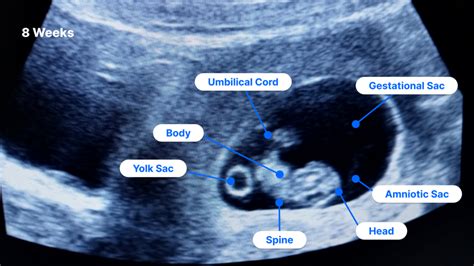
Between weeks 5 and 8, the fetus's major organs continue to develop and grow. Its heartbeat becomes detectable, and its limbs, fingers, and toes start to form. The mother's physical changes become more pronounced, with her belly starting to show, and her breasts becoming tender.
Some key developments during weeks 5-8 include:
- The fetus's heartbeat becoming detectable
- The formation of its limbs, fingers, and toes
- The mother's belly starting to show
- Breast tenderness and mood swings becoming more common
Prenatal Care and Lifestyle Changes
During the first trimester, it is essential for pregnant individuals to receive regular prenatal care and make healthy lifestyle choices. This includes eating a balanced diet, staying hydrated, exercising regularly, and avoiding harmful substances like alcohol and tobacco.Weeks 9-12: Final Preparations for the Second Trimester
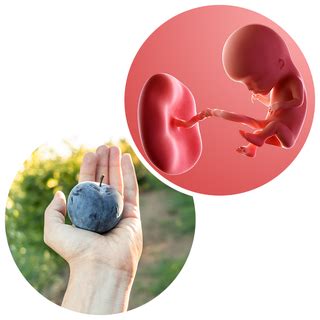
The final weeks of the first trimester are a time of significant growth and development for the fetus. Its organs are functioning, and it can swallow, kick, and even suck its thumb. The mother's physical changes are also becoming more pronounced, with her belly growing larger and her back pain increasing.
Some key developments during weeks 9-12 include:
- The fetus's organs functioning and becoming more developed
- The mother's belly growing larger and more noticeable
- Back pain and pelvic pressure becoming more common
- The risk of miscarriage decreasing significantly
Common Challenges and Concerns
The first trimester can be a challenging time for many pregnant individuals. Common concerns include morning sickness, fatigue, and food cravings, as well as worries about the fetus's development and the risk of miscarriage. By understanding what to expect and seeking support from healthcare providers and loved ones, mothers-to-be can navigate these challenges and ensure the best possible start for their baby.First Trimester Complications and Risks
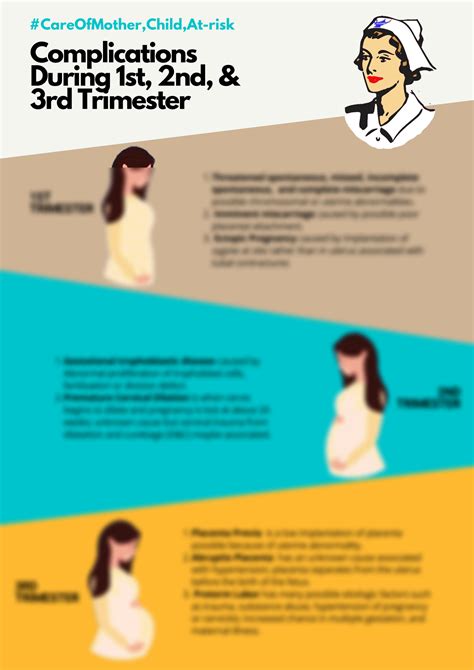
While the first trimester is a time of great joy and anticipation, it is also a period of potential risks and complications. Miscarriage, ectopic pregnancy, and gestational diabetes are just a few of the concerns that pregnant individuals may face. By being aware of these risks and taking steps to minimize them, mothers-to-be can reduce their chances of complications and ensure a healthy pregnancy.
Some common complications and risks during the first trimester include:
- Miscarriage
- Ectopic pregnancy
- Gestational diabetes
- Preeclampsia
- Placenta previa
Minimizing Risks and Ensuring a Healthy Pregnancy
To minimize the risks associated with the first trimester, pregnant individuals should: - Receive regular prenatal care - Maintain a healthy lifestyle, including a balanced diet and regular exercise - Avoid harmful substances like alcohol and tobacco - Stay hydrated and manage stress - Be aware of potential complications and seek medical attention if concerns ariseSupport and Resources for Pregnant Individuals

The first trimester can be a challenging and overwhelming time for many pregnant individuals. Fortunately, there are numerous resources available to provide support and guidance. From healthcare providers and prenatal classes to online forums and support groups, mothers-to-be can find the help they need to navigate the pregnancy journey.
Some key resources for pregnant individuals include:
- Healthcare providers and prenatal care
- Prenatal classes and education
- Online forums and support groups
- Family and friends
- Mental health professionals
Conclusion and Next Steps
The first trimester is a critical period in the pregnancy journey, marked by significant growth and development for the fetus, and a range of physical and emotional changes for the mother. By understanding what to expect and taking steps to ensure a healthy pregnancy, mothers-to-be can minimize risks and provide the best possible start for their baby. As the pregnancy progresses, it is essential to continue receiving prenatal care, maintaining a healthy lifestyle, and seeking support from loved ones and healthcare providers.What are the most common symptoms of the first trimester?
+Morning sickness, fatigue, and food cravings are among the most common symptoms experienced during the first trimester.
How often should I receive prenatal care during the first trimester?
+Pregnant individuals should receive prenatal care every 4-6 weeks during the first trimester, or as recommended by their healthcare provider.
What are the risks of miscarriage during the first trimester?
+The risk of miscarriage is highest during the first trimester, with approximately 10-20% of pregnancies ending in miscarriage.
We hope this guide to the first trimester has provided you with valuable insights and information to support you on your pregnancy journey. Remember to stay informed, seek support when needed, and prioritize your health and well-being, as well as that of your baby. If you have any further questions or concerns, please do not hesitate to reach out to your healthcare provider or leave a comment below. Sharing your experiences and asking questions can help others who may be going through similar situations, and we encourage you to engage with our community to build a supportive and informative network for all.
